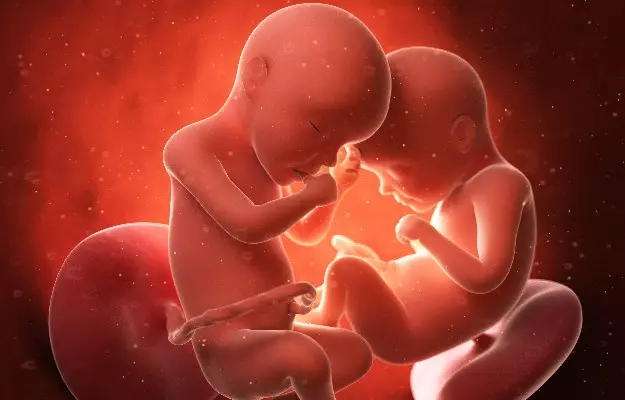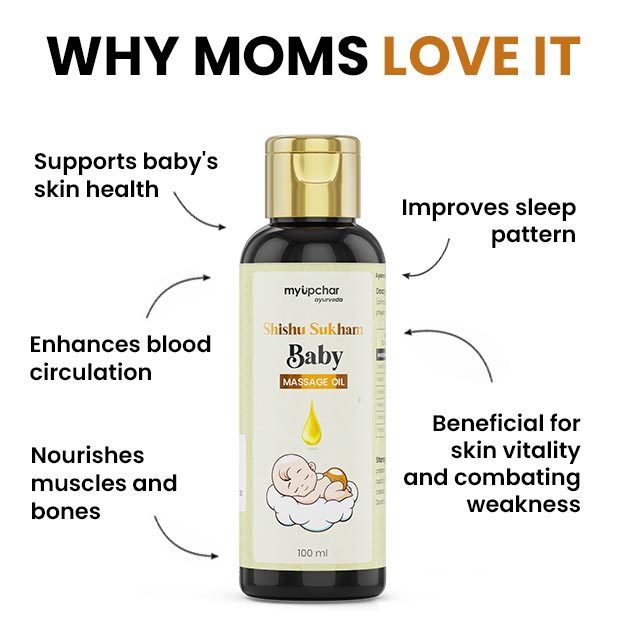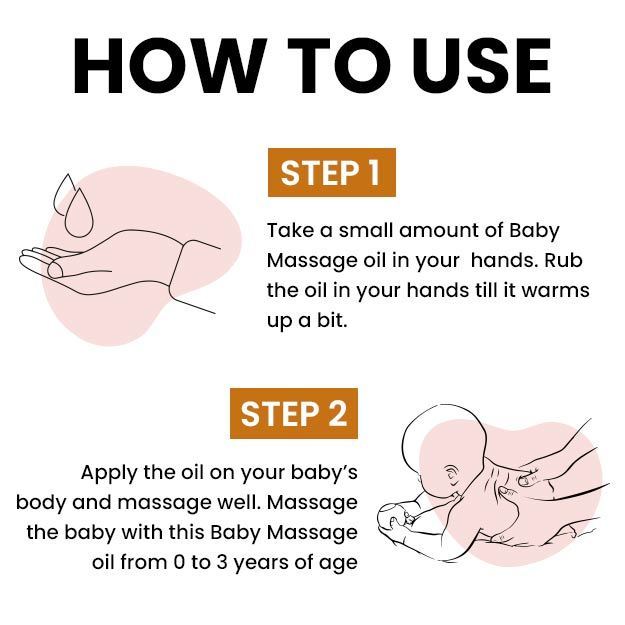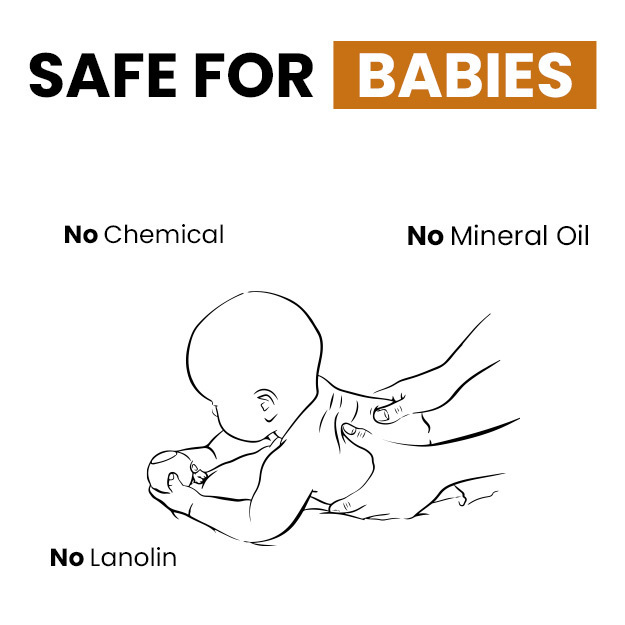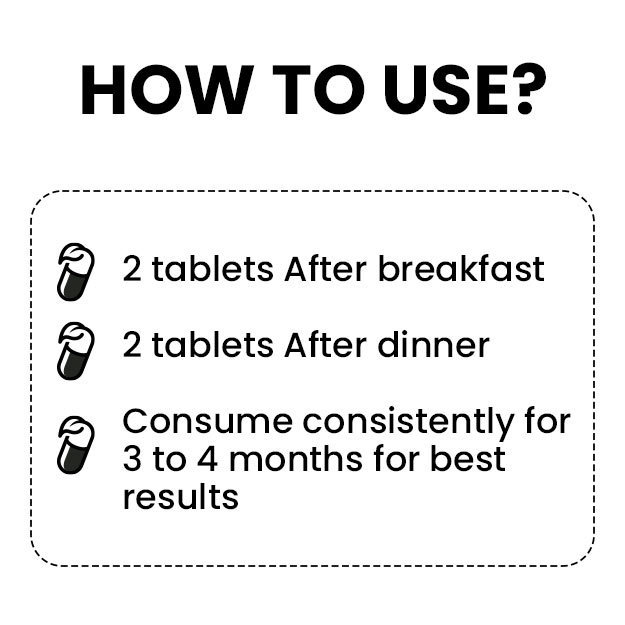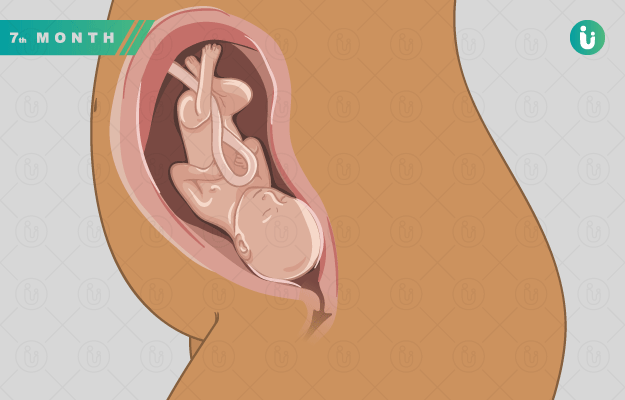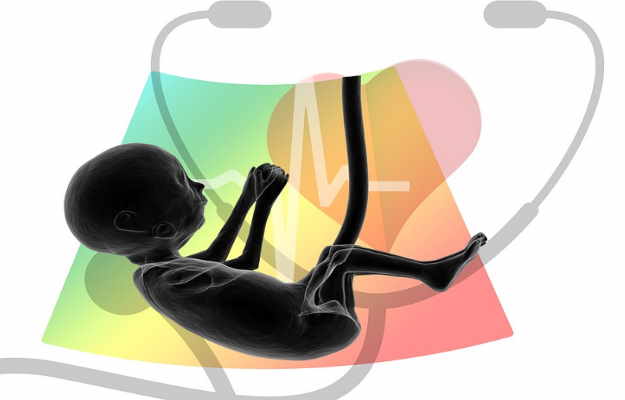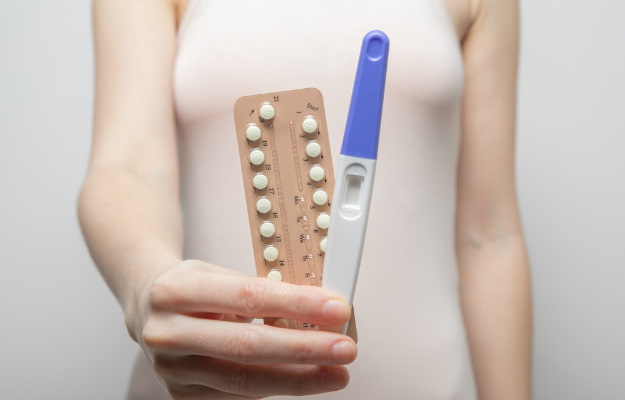Twin-twin transfusion syndrome (TTTS) is a rare disorder. Identical twins in the womb, that is, twins who look alike and have the same DNA or genes, can have this disorder. This is a rare disease related to the umbilical cord. The fetus gets nutrition from the umbilical cord during pregnancy.
During the development of twins, the fetus has blood vessels that carry blood through the umbilical cord. In normal cases, blood flows properly through these vessels, but in this disease, the blood flow to the fetus starts to occur unevenly.
In such a situation, more blood flows to one fetus, while the blood supply to the other fetus is less. The fetus in which the blood flow is decreasing is called the donor and the fetus receiving more blood flow is called the recipient.
This condition is dangerous because the fetus receiving more blood is under constant pressure on its heart and blood vessels, which can lead to heart failure. On the other hand, the fetus that is receiving less blood flow can suffer from life-threatening diseases such as anemia, lack of nutrition and lack of oxygen. This condition called TTTS can occur at any time during pregnancy, even during delivery.
The severity of twin-twin transfusion syndrome is different in each case. The severity of TTTS depends on when the syndrome occurred during pregnancy, when it was diagnosed and what its treatment could be. Although the cause of this syndrome is not fully understood yet, doctors believe that a problem related to the umbilical cord can play an important role in it.
Read More - (Different Types of Headaches in Children)
- Symptoms Of Twin-twin Transfusion Syndrome
- Causes Of Twin-twin Transfusion Syndrome
- Tests For Twin-twin Transfusion Syndrome
- Treatment Of Twin-twin Transfusion Syndrome
- Summary
Symptoms Of Twin-twin Transfusion Syndrome
In most cases, the donor twin is smaller than the other baby. Apart from this, he may have problems like anemia, lack of water and yellowing of the skin.
The recipient twin is larger than the other twin, i.e. the donor twin. Due to the higher amount of blood, he may have problems like redness on his skin and high blood pressure. The child who has excess blood may be at risk of cardiac failure (heart not pumping properly). In such a situation, the baby may have to be given medicine to improve the heart functions.
Read More - (How to Recognize and Treat Brain Fever in Children)
Causes Of Twin-twin Transfusion Syndrome
When twins are born, both get nutrition from the same umbilical cord. When this umbilical cord starts flowing more blood to one fetus and less to the other, then in this situation, Twin-to-Twin Transfusion Syndrome (TTTS) occurs. This increases the amount of blood in the other child.
Due to this syndrome, this problem depends on how much excess or lack of blood has occurred in both the babies.
Read More - (Calcium Deficiency in Children)
Tests For Twin-twin Transfusion Syndrome
The condition is often diagnosed through ultrasound during pregnancy. After birth, babies will undergo the following tests:
Prothrombin time test (blood test that measures the time it takes for plasma in the blood to clot) and partial thromboplastin time test (screening test that helps evaluate the ability of blood to clot) to determine their blood clotting ability
- Comprehensive metabolic panel to determine electrolyte balance
- Complete blood count
- Chest X-ray
Read More - (Childhood Obesity)
Treatment Of Twin-twin Transfusion Syndrome
Treatment of this syndrome may require periodic amniocentesis (checking for abnormalities in the fetus). During pregnancy, fetal laser surgery is used. This is a special type of surgery that can stop the blood supply from one baby to the other.
After birth, babies are treated based on the symptoms of the disease. The donor twin may receive a blood transfusion to treat anemia. The recipient baby may need to lose excess fluids. Medication may also be needed to prevent complications such as heart failure.
Read More - (Causes of Hernia in Children)
Summary
Twin-twin transfusion syndrome (TTTS) is a rare condition that occurs when twin fetuses share a single placenta in the womb. It involves uneven distribution of blood vessels in the placenta, causing more blood to flow from one fetus (donor) to the other (receiver). The donor fetus may suffer from nutritional and oxygen deficiency, while the receiver fetus has more blood flow causing increased pressure on the heart and other organs.
This condition can be dangerous for both fetuses if not treated in time. It is diagnosed through ultrasound, and treatment may involve laser surgery, amnioreduction, or other methods. Regular check-ups and expert advice for pregnant women play an important role in managing this condition.
Find Obstetrician and Gynaecologist in cities
- Obstetrician and Gynaecologist in Bangalore
- Obstetrician and Gynaecologist in Mumbai
- Obstetrician and Gynaecologist in Ghaziabad
- Obstetrician and Gynaecologist in Chennai
- Obstetrician and Gynaecologist in Pune
- Obstetrician and Gynaecologist in Delhi
- Obstetrician and Gynaecologist in Hyderabad
- Obstetrician and Gynaecologist in New Delhi
- Obstetrician and Gynaecologist in Gwalior
- Obstetrician and Gynaecologist in Gurgaon
Doctors for Twin-Twin Transfusion Syndrome: Advances in Research and Future Treatments

Dr. Ayushi Gandhi
Obstetrics & Gynaecology
4 Years of Experience

Dr. Anjali
Obstetrics & Gynaecology
23 Years of Experience

Dr.Anuja Ojha
Obstetrics & Gynaecology
20 Years of Experience


